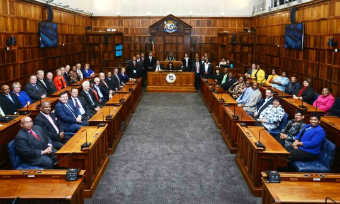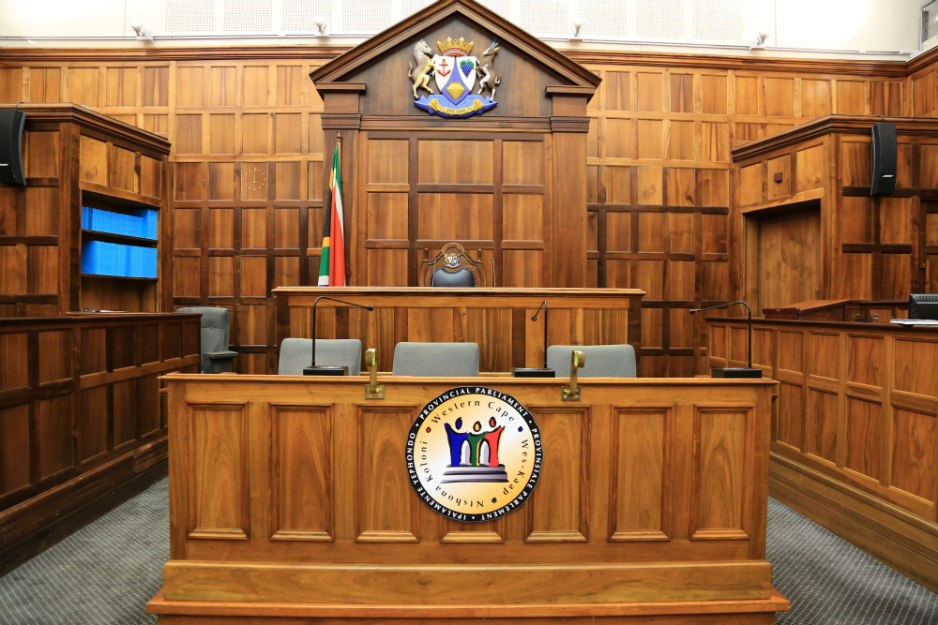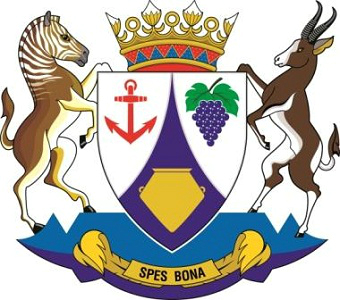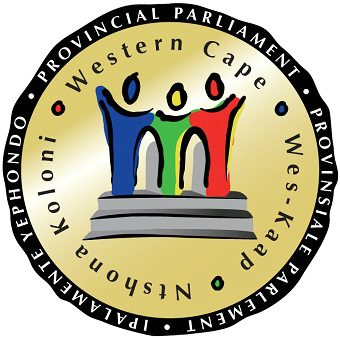Western Cape Provincial Parliament
 Have you ever wondered how or where the major government decisions in our province are made?
Have you ever wondered how or where the major government decisions in our province are made?The Western Cape Provincial Parliament – in Wale Street, central Cape Town – is the meeting place where elected provincial public representatives meet to discuss and agree on the laws and policies that govern our province.
Provincial Parliament and National Parliament – what is the difference?
Did you know that our provincial parliament is unique among our nine provinces? It is the only one in the country that refers to the legislature as Provincial Parliament and refers to officials as Members of Provincial Parliament (MPPs). There are 42 MPPs in our provincial parliament from 4 different political parties.
Our parliament is committed to providing quality support to members so that they can do their work with:
- Transparency
- Integrity
- Professionalism
- Impartiality
- Efficiency
- Accountability
- Respect
- Equality
The Western Cape Provincial Parliament is responsible for:
- Making laws
- Oversight
- Planning
- Facilitating public participation and public education initiatives
It is also where our Premier made her annual State of the Province Address on Thursady, 22 February.

National Parliament is a three-minute walk from our Provincial Parliament and comprises two houses, the National Assembly (NA) and the National Council of Provinces (NCOP).
The NCOP represents each of our nine provinces’ governments in the National Parliament, while the NA represents the people and ensures that the government obeys the constitution.
Our National Parliament is responsible for:
- Making laws to improve our lives
- Discussing government policies
- Ensuring that public money is spent wisely
- Approving budgets for the various government departments
 How to recognise our Parliament
How to recognise our Parliament
Each parliament or legislature in South Africa has unique symbols and the Western Cape Provincial Parliament is no different.
Our coat of arms, mace and logo all contain various cultural, environmental and historical references that celebrate our rich diversity.
The coat of arms
Our coat of arms symbolises important aspects of our province’s history, industry and natural resources, and it represents hope, stability and faith.
Our province’s rich agricultural, cultural and maritime heritage is also represented on the coat of arms, all under the motto ”Spes Bona”, which is Latin for Good Hope.
The mace
This mace is a staff symbolising the authority of the Speaker of Provincial Parliament.
 You will see our province’s mace at the State of the Province Address, it will be placed in front of the Speaker and will only be removed when the House adjourns at the end of the parliamentary session.
You will see our province’s mace at the State of the Province Address, it will be placed in front of the Speaker and will only be removed when the House adjourns at the end of the parliamentary session.
Like the logo and coat of arms, the cultural diversity of our province and natural beauty are represented in the mace.
 The logo
The logoThe logo represents the openness of our parliament and the words around the figures refer to the diversity in our province. The words ”Provincial Parliament” are also translated into the province’s three official languages: Afrikaans, English and isiXhosa.
A brief history of the Western Cape Provincial Parliament
- 164 years ago, the first parliamentary system in the then Cape Colony was formed.
- 108 years ago, the system changed as the Union of South Africa was formed.
- 23 years ago our current Provincial Parliament was formed.
- Our parliament is housed at 7 Wale Street and the construction of the building began in 1939, with the first officials moving into the building in 1944.
Find out more about our parliament and how you can get involved.


